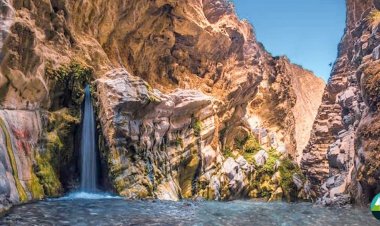How to Set up a Camping Tent
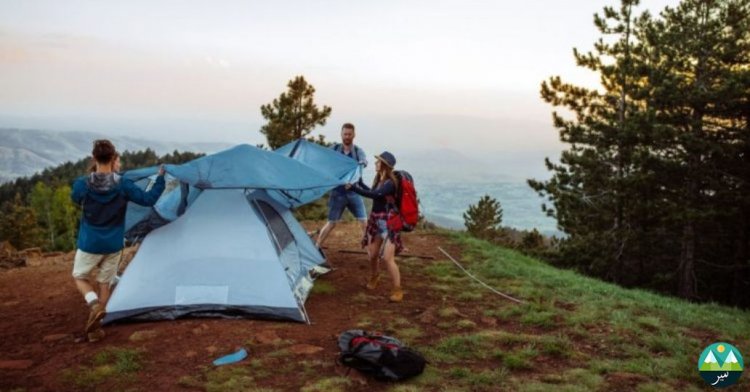
Camping is a fun recreational activity where people stay overnight in tents, usually in natural surroundings. It can involve multiple activities such as hiking, fishing, and cooking. Camping provides an opportunity to disconnect from technology and enjoy the wonders of nature. It is a great way of adventure, relaxation, and exploration of natural surroundings. Here is the complete detail of setting up a tent while camping.
Things required for a Tent Setup:
-
Tent
-
Stakes
-
Mallet or hammer
-
Ropes
Steps to set up a Tent:
If you are planning to do camping, follow these easy steps to set up a tent.
Choose a flat and dry spot
Selecting an appropriate spot is the most important step of camping as it will save you from several problems, such as not being able to set up your tent or getting injured.
That’s why you should choose a good campsite first.
A good campsite includes:
-
The condition of the ground: The ground should be flat and free of rocks. Ground with good soil is always preferred.
-
Availability of space: The ground should have enough space for your tent and extra space to store your tent gear.
-
The surrounding area: Make sure the surrounding area is safe from wildlife. You should also take into account things like the direction of the wind, temperature, rain, etc
Lay out the tent and the poles
Once you’ve selected an area, it’s time to set up your tent. Layout the tent fabric. Tents usually have two pieces: the canopy and the fly. The canopy is the main part of the tent in which you will sleep while the fly is at the top of the tent.
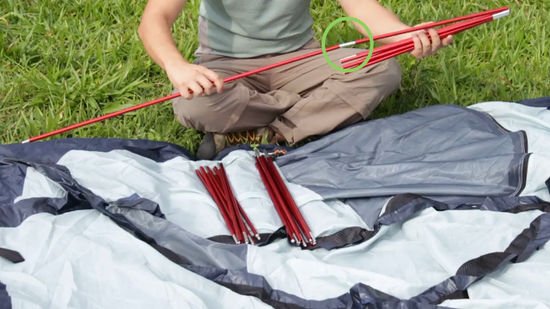
Assemble the poles
Poles are the frame of your tent. To assemble the tent poles, identify the main poles and their corresponding grommets or connectors on the tent body. Connect the poles at the grommets to form the basic tent frame.
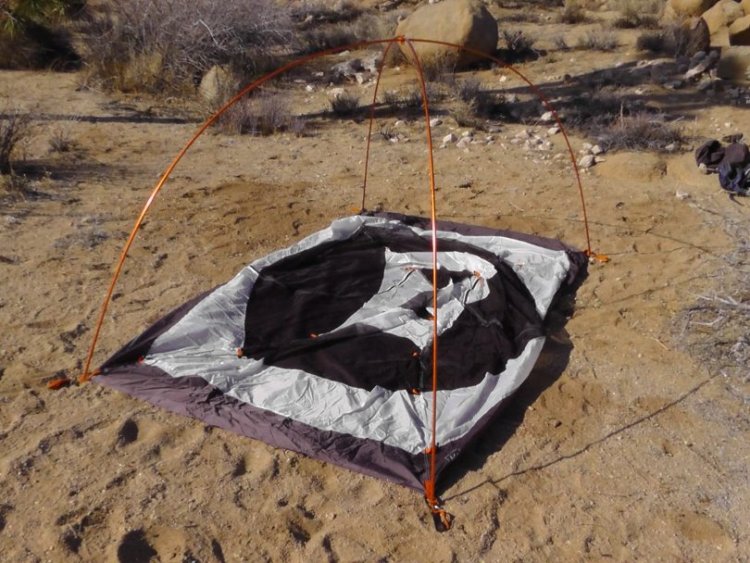
Insert the poles into the tent loops
Once you have assembled the poles, place the tent over the assembled frame, making sure it is centered and all poles are properly aligned. Insert them in the sleeves of the tent or tent loops.
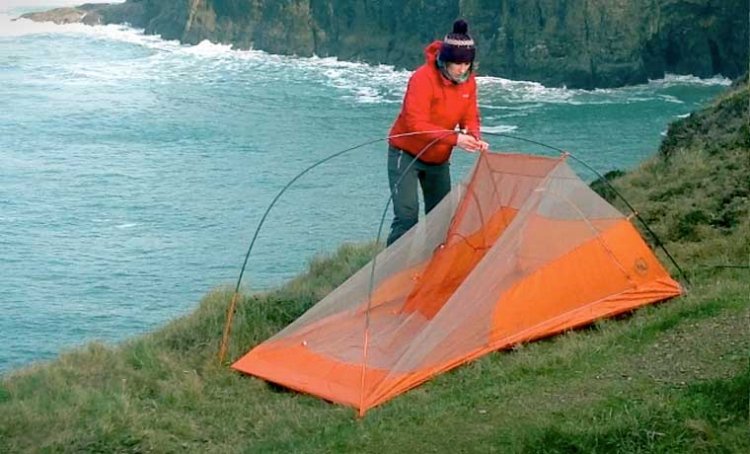
Stake the tent on the ground
Pitch the tent and use the stakes to secure them in a place. Drive tent stakes into the ground using a tent hammer or mallet, making sure they are secure and perpendicular to the ground.
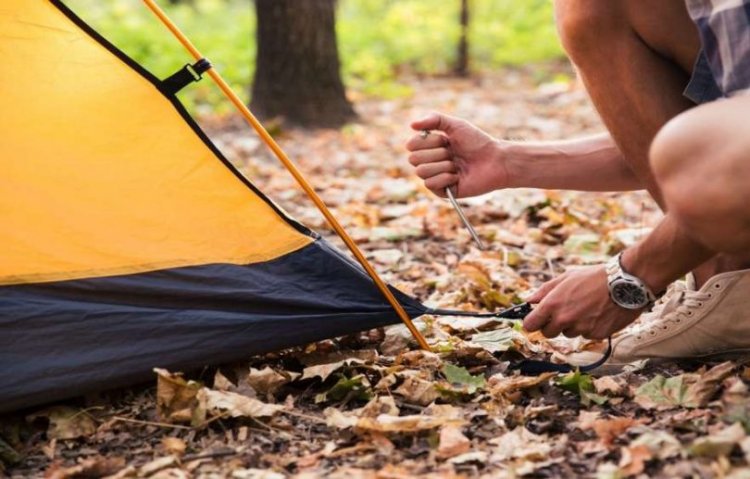
Attach the rainfly, if necessary
Once you have pitched the tent, add the rain fly. This piece of fabric goes over the top of the tent and keeps the tent dry in case of rain.
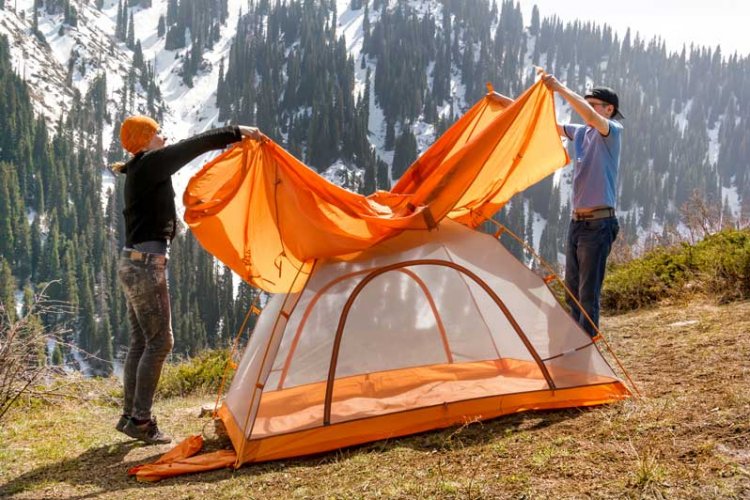
Secure the guy lines
Modern tents usually have guy lines, which keep the tent stable in windy weather. Attach the guylines to the stake loops, pulling them firmly to ensure the tent is secure. Repeat the process for each guy line, making sure the tent is properly secured on all sides. Adjust the guy lines as necessary to ensure the tent is taut and free of any sagging or wrinkles.
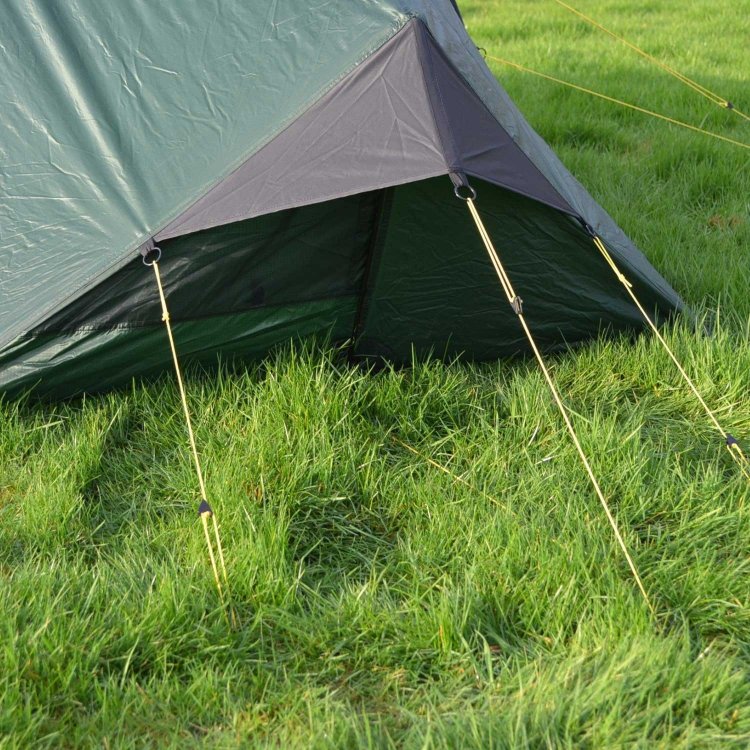
Organize the interior
After setting up the tent, you can organize the interior of the tent according to your need and choice.
Here are some tips for organizing the interior of a tent:
-
Consider bringing items that serve multiple purposes, such as a lantern that doubles as a flashlight or a water bottle that can also be used as a canteen.
-
Stuff sacks are a great way to organize smaller items and keep them from getting lost in the tent.
-
Consider bringing along a portable hanging system.
-
Keep the interior of the tent tidy and organized throughout your trip. This will not only help you find what you need when you need it, but it will also make it easier to pack up and leave when the time comes.
-
Make sure to use the interior of the tent effectively, taking advantage of any built-in pockets, gear lofts, or other storage options that are available.
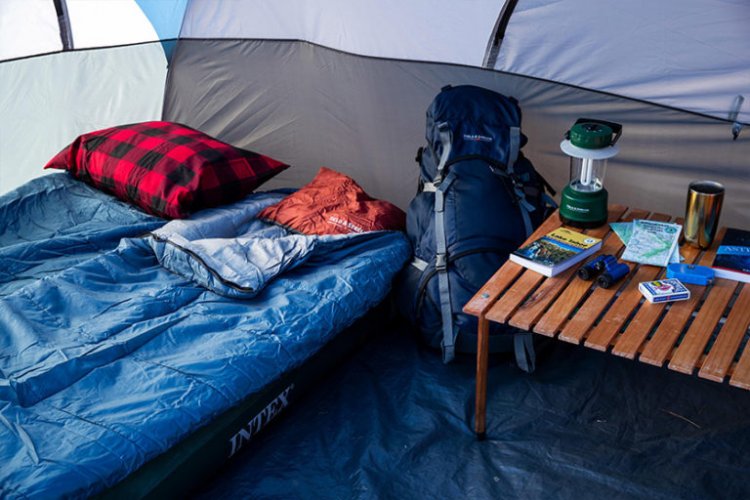
Now you can enjoy your camping!
Precautions while setting up a Tent:
-
Avoid setting up on wet ground.
-
Be aware of the weather and any potential hazards such as high winds.
-
Make sure the tent is properly staked to prevent it from being blown away.
-
Do not store food in the tent to prevent attracting wildlife.
-
Avoid setting up the tent under dead trees or other potential hazards.
-
Check the tent for holes or tears before setting it up and make repairs if necessary.
-
Always follow the manufacturer's instructions and guidelines when setting up your tent.










